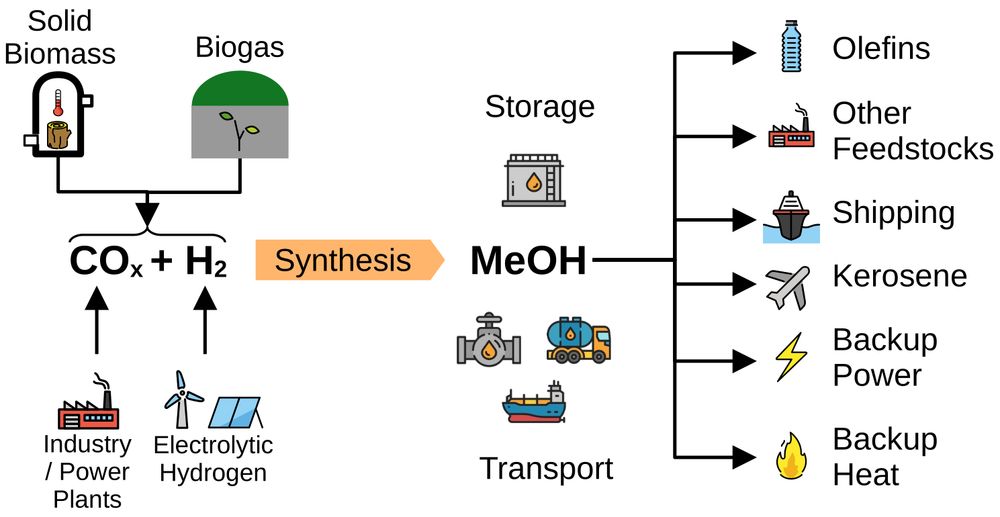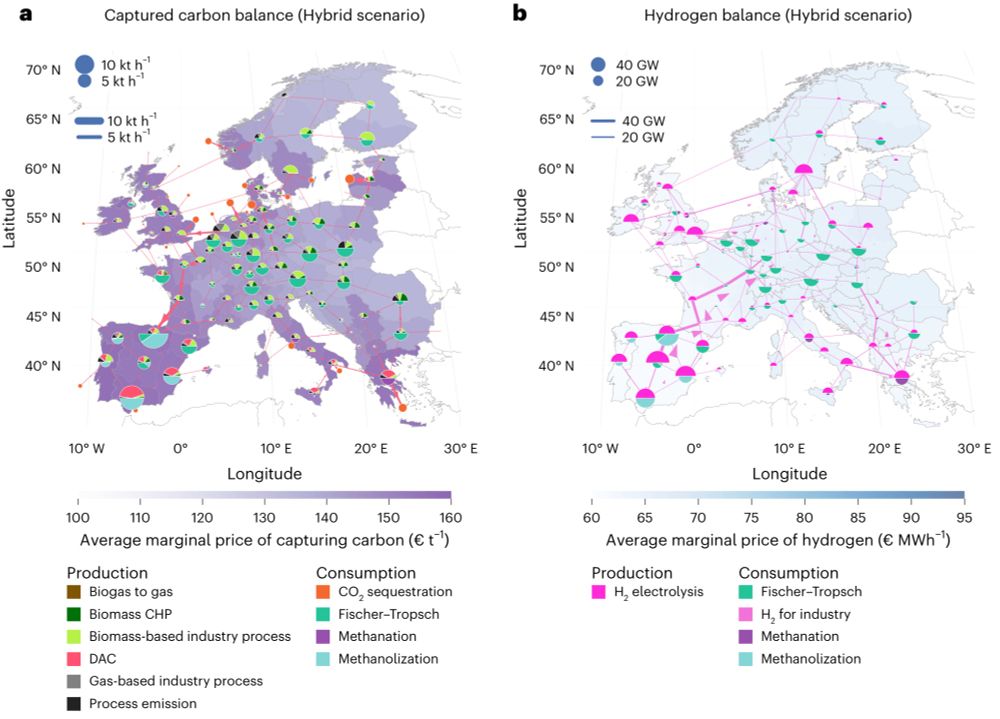Markus Millinger
@millinger.bsky.social
61 followers
78 following
16 posts
Energy systems researcher | RISE - Research institutes of Sweden
Posts
Media
Videos
Starter Packs
Reposted by Markus Millinger
Reposted by Markus Millinger
Markus Millinger
@millinger.bsky.social
· Jan 25
Reposted by Markus Millinger
Nature Energy
@natenergy.nature.com
· Jan 25
Reposted by Markus Millinger
Nature Energy
@natenergy.nature.com
· Jan 24

Diversity of biomass usage pathways to achieve emissions targets in the European energy system - Nature Energy
This study examines trade-offs of varying biomass use in the energy system under stringent emissions targets, finding its primary value as a renewable carbon source for chemicals, fuels and negative emissions rather than as an energy carrier.
bit.ly
Markus Millinger
@millinger.bsky.social
· Jan 24
Markus Millinger
@millinger.bsky.social
· Jan 24
Markus Millinger
@millinger.bsky.social
· Jan 24
Markus Millinger
@millinger.bsky.social
· Jan 23
Markus Millinger
@millinger.bsky.social
· Jan 23
Markus Millinger
@millinger.bsky.social
· Jan 23
Markus Millinger
@millinger.bsky.social
· Jan 23
Markus Millinger
@millinger.bsky.social
· Jan 23
Markus Millinger
@millinger.bsky.social
· Jan 23
Markus Millinger
@millinger.bsky.social
· Jan 23
Markus Millinger
@millinger.bsky.social
· Jan 23
Markus Millinger
@millinger.bsky.social
· Jan 23
Markus Millinger
@millinger.bsky.social
· Jan 23
Markus Millinger
@millinger.bsky.social
· Jan 23


